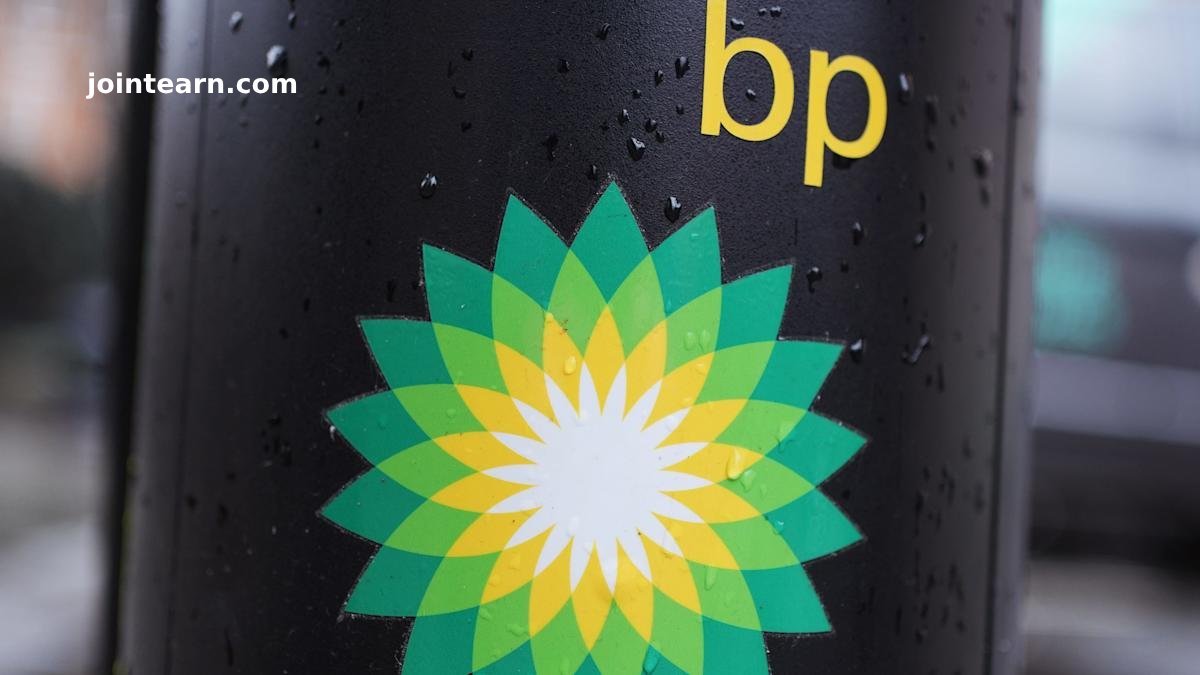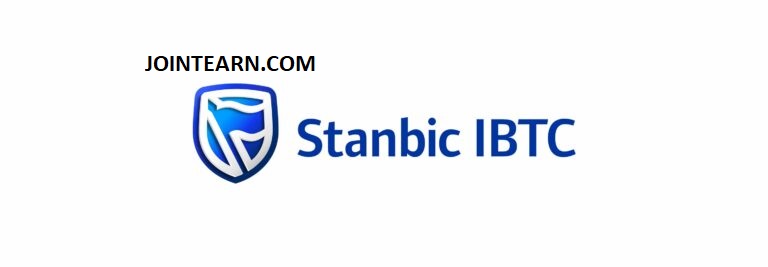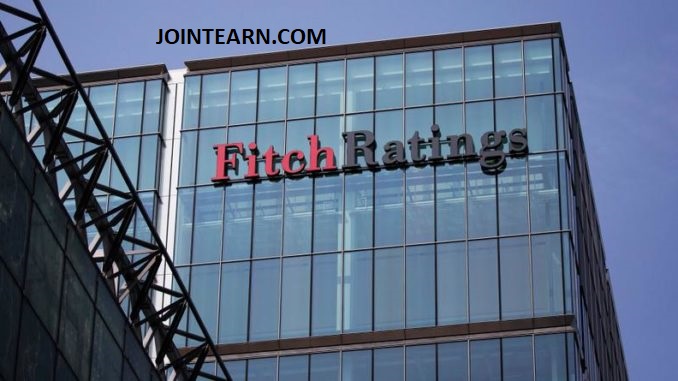Profit Decline Driven by Weak Refining and Gas Trading
BP has reported a significant 48% drop in net profit for the first quarter, falling to $1.4 billion, as the energy giant faced challenges in its refining and gas trading sectors. The weaker-than-expected results have prompted the departure of its strategy and sustainability chief, Giulia Chierchia, who announced she would step down on June 1. BP’s performance highlights the ongoing pressure on the company as it navigates declining profits amid a turbulent energy market.
The British oil and gas major’s first-quarter underlying replacement cost profit, a key measure, came in at $1.38 billion, missing analyst expectations of $1.53 billion. This marks a sharp decline from $2.7 billion in the same period last year. Profit from BP’s gas and low-carbon unit fell by around 40%, driven by weaker trading conditions and lower production following asset sales. The company’s customers and products division also saw a near 47% profit drop.
Strategic Shift and Investor Demands
BP is facing mounting pressure from activist investor Elliott Investment Management, which has been pushing for a more aggressive strategy focused on improving profitability and cutting costs. CEO Murray Auchincloss, who is under fire to enhance free cash flow, announced a $20 billion asset sale program through to 2027. This is part of BP’s broader effort to streamline operations and boost investor confidence in the face of declining profits.
The company has now decided to abandon its previous push to slash hydrocarbon production and pivot more heavily toward low-carbon energy sources, a strategy championed by Chierchia. Her departure marks a significant shift, as Elliott has reportedly called for changes in the strategy department to accelerate cost-cutting measures.
BP’s shares fell more than 4% after the profit miss, underperforming a broader index of energy companies, which saw a smaller decline of 1%.
Refining Struggles and Lower Buybacks
BP’s refining business also experienced a sharp decline, with refining margins averaging $15.20 per barrel in the first quarter, down from $20.60 a year earlier. The company indicated that it plans a heavy refinery maintenance program for the second quarter, which could result in further reductions in output. This comes amid an industry-wide slump in refining profitability.
In response to the weak earnings, BP announced a share buyback of $750 million for the quarter, at the lower end of its guidance range. This marks a slowdown from last year’s buybacks, which totaled $7.1 billion. BP has also raised its asset sale target for the year to $3-$4 billion, up from an earlier forecast of $3 billion.
Oil Price Volatility and Future Flexibility
BP cited the impact of volatile global oil prices, with Brent crude averaging $75 per barrel during the first quarter, compared to $87 per barrel a year ago. Oil prices have further fluctuated in recent weeks following U.S. President Donald Trump’s imposition of tariffs on trading partners, with Brent now hovering around $66 per barrel.
CEO Murray Auchincloss noted that BP has identified around $2.5 billion in capital flexibility to adjust its capital plans in the event of persistently lower oil prices. The company views oil price sensitivity as a key factor in its ongoing strategy, with the potential for further adjustments if market conditions worsen.
Looking Ahead
Despite the challenges, BP is maintaining its capital spending plan for 2025, with forecasted spending of $14.5 billion, slightly below its previous guidance. The company has reiterated its target range of $13-$15 billion for capital spending in 2027. BP’s ability to navigate these turbulent market conditions will be critical as it faces continued pressure from investors like Elliott, while also contending with broader industry challenges.












